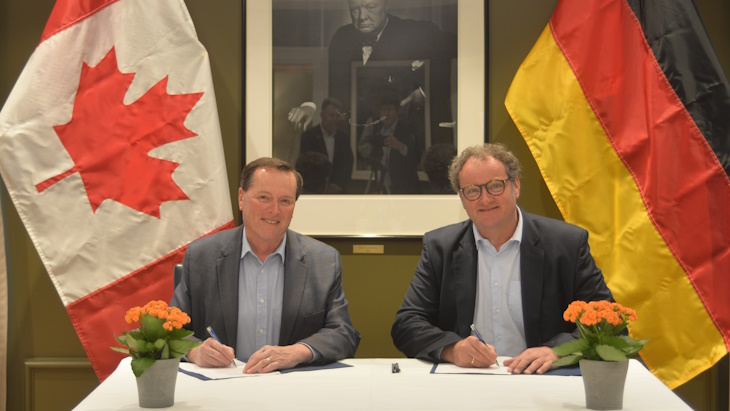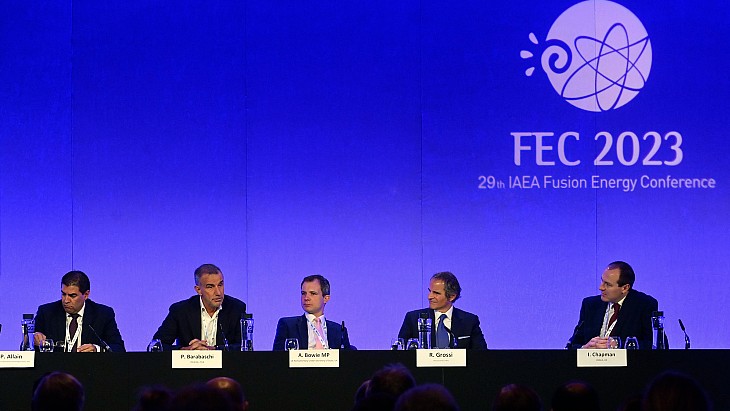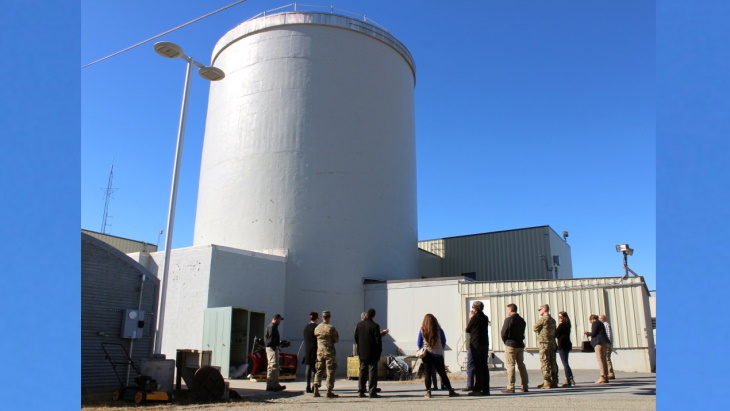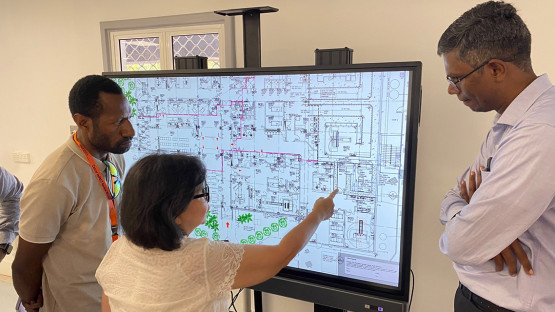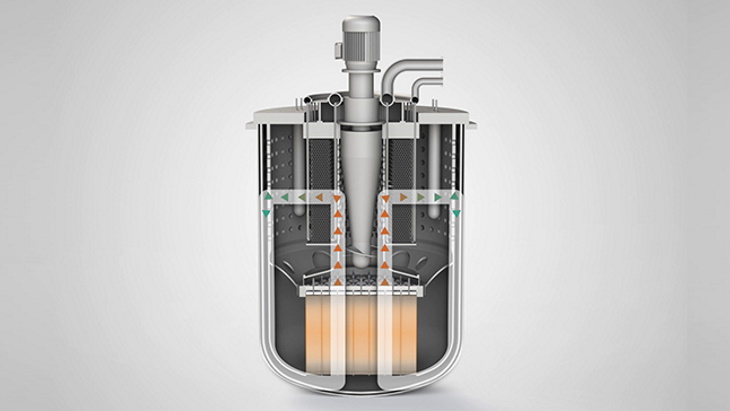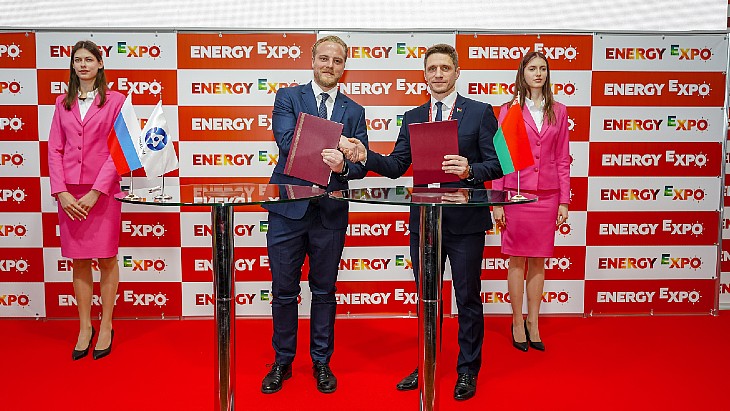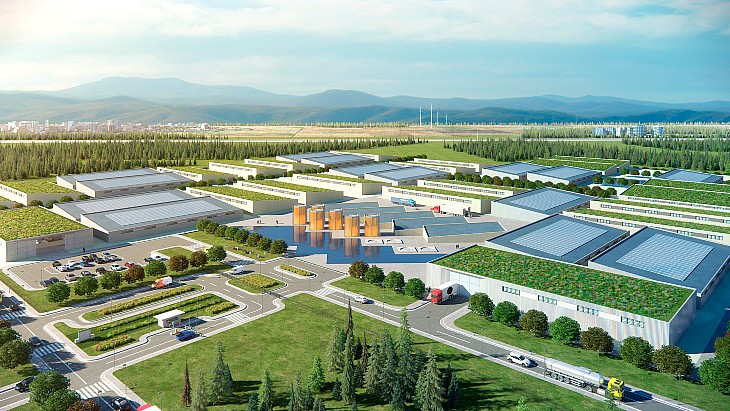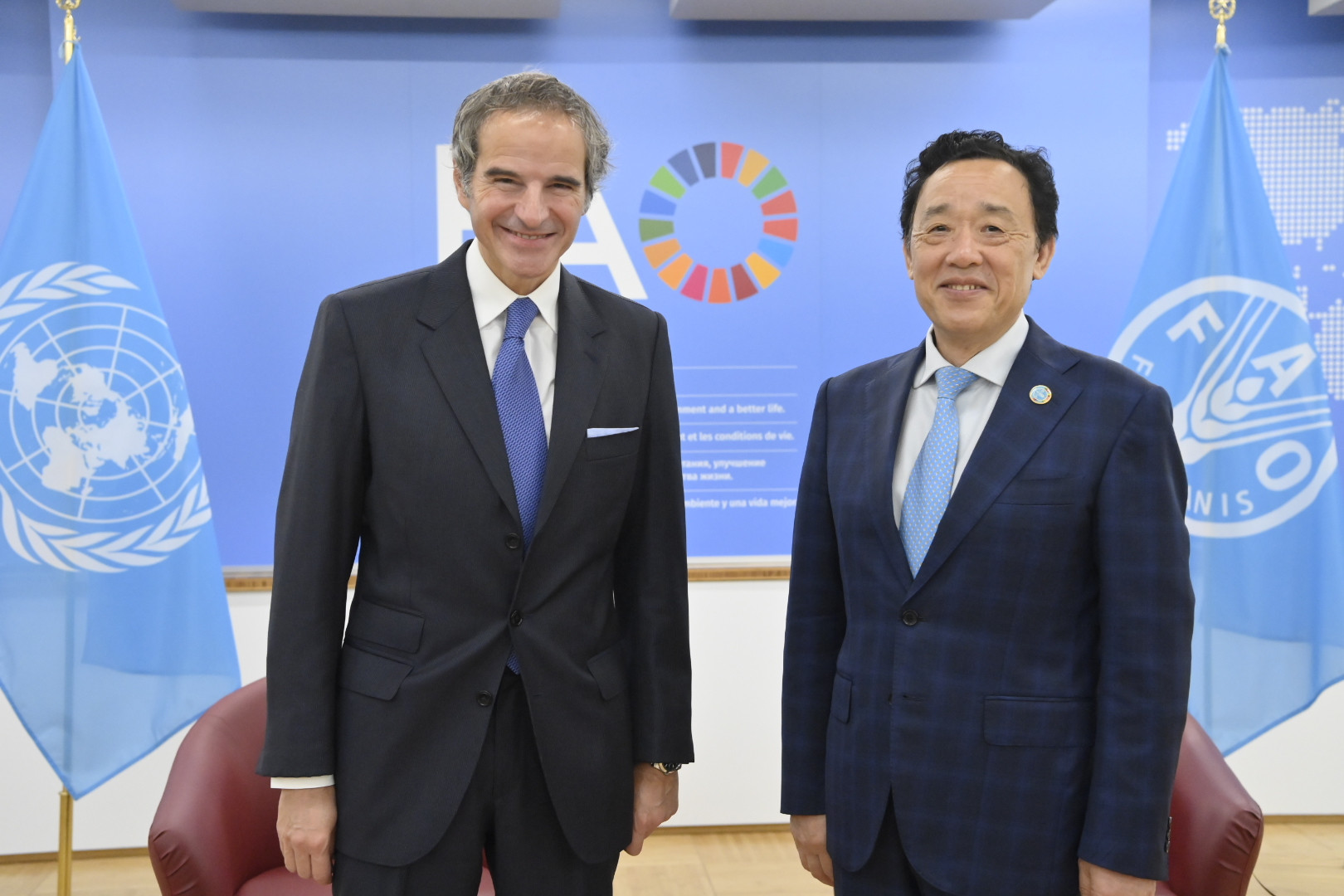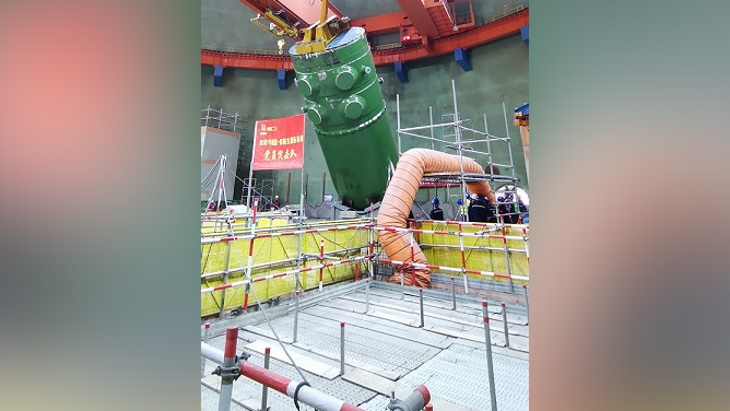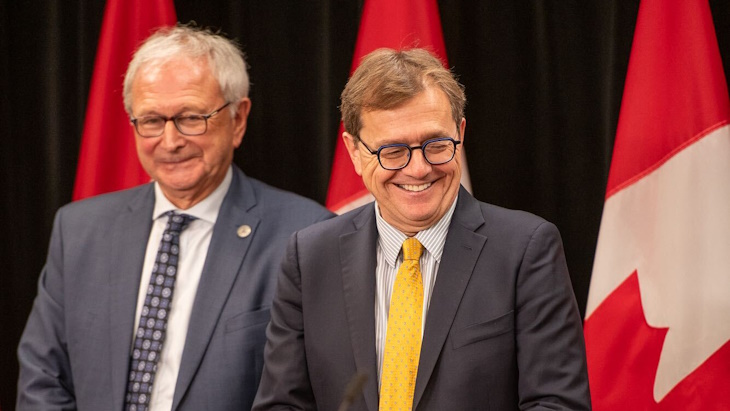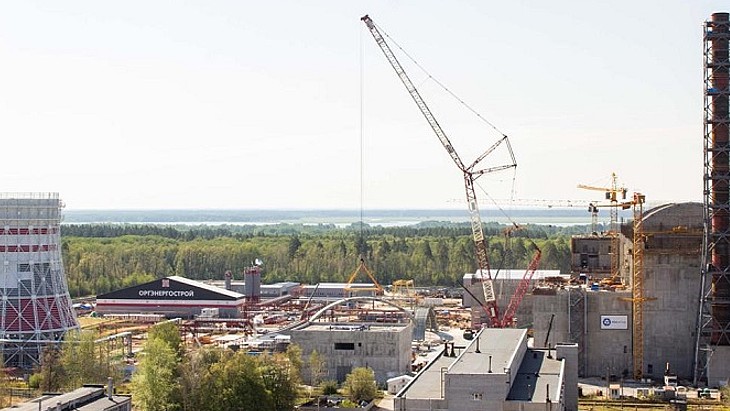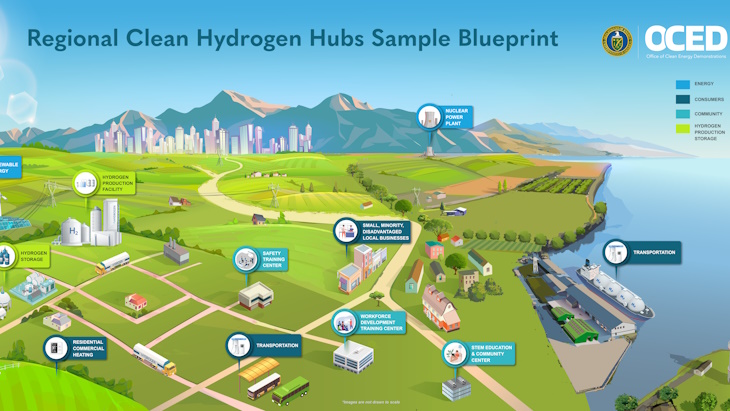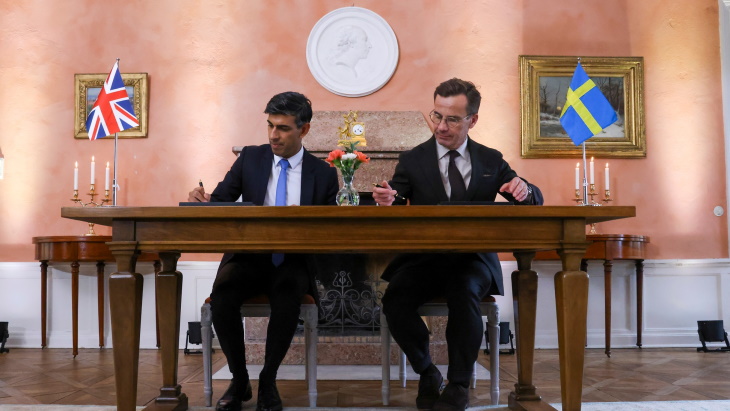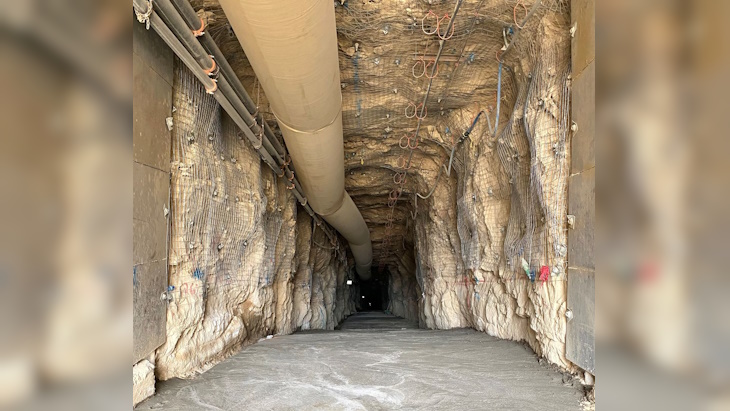Source: https://www.world-nuclear-news.org/Articles/CNL,-ITM-join-up-to-produce-rare-medical-radioisot
Germany-based radiopharmaceutical biotech company ITM Isotope Technologies Munich SE and Canadian Nuclear Laboratories (CNL) have launched Actineer, a joint venture for the industrial-scale production of actinium-225 (Ac-225).
The joint venture will fulfil unmet global manufacturing and production needs of the "coveted" alpha-emitting radioisotope, the partners said. Actineer intends to advance Ac-225 production and processing technologies to establish short-term production capabilities and significantly boost international supplies, while working long-term towards the construction of a new Actinium Production Facility (APF) - including the development and implementation of the manufacturing process - for large-scale production of the isotope.
CNL will provide the starting material for irradiation and initially manage the production process during the interim scale of radiochemical-grade supplies of Ac-225, which ITM will further process to pharmaceutical grade under Good Manufacturing Process (GMP) specifications. ITM will also be responsible for global marketing, sales, and distribution.
"Targeted alpha therapies based on actinium-225 are gaining increasing importance in addition to the well-established beta emitters such as our highly-pure non-carrier-added lutetium-177," ITM CEO Steffen Schuster said. "Joining forces with CNL provides us the opportunity to extend our therapeutic portfolio as we continue striving to meet the needs of healthcare professionals and cancer patients worldwide."
CNL has previously said it is working to position itself as a world leader and international hub for targeted alpha therapies - or TAT - and for Ac-225 production. It is already collaborating with ITM and other service providers to establish an interim supply of Ac-225 using existing materials handling facilities and supporting infrastructure at the Chalk River Laboratories in a project that aims to deliver significant quantities of the high-demand radioisotope to healthcare professionals and patients before the APF is completed.
CNL President and CEO Joe McBrearty said the organisation - which manages and operates the national laboratory at Chalk River, Ontario, on behalf of Atomic Energy of Canada Limited, has already made "significant progress" towards bringing the radioisotope to the world market. "With the launch of Actineer, we are poised to establish a reliable and large-scale supply of Ac-225 that we believe will unlock ground-breaking new cancer treatments," he said.
TAT uses targeted radiopharmaceuticals, created by linking a therapeutic radioisotope to a targeting molecule such as a peptide or antibody that can precisely recognise and bind to tumour cells, enabling the precise delivery of radiation to destroy tumour tissue with minimal impact to healthy surrounding tissue. Ac-225 emits high-energy alpha particles with a short penetration range, and is in particularly high demand for TAT, but research and clinical trials up to now have been hampered by very limited supplies of the isotope.
The joint venture remains subject to further closing conditions which are expected to be satisfied early next year, the partners said.
